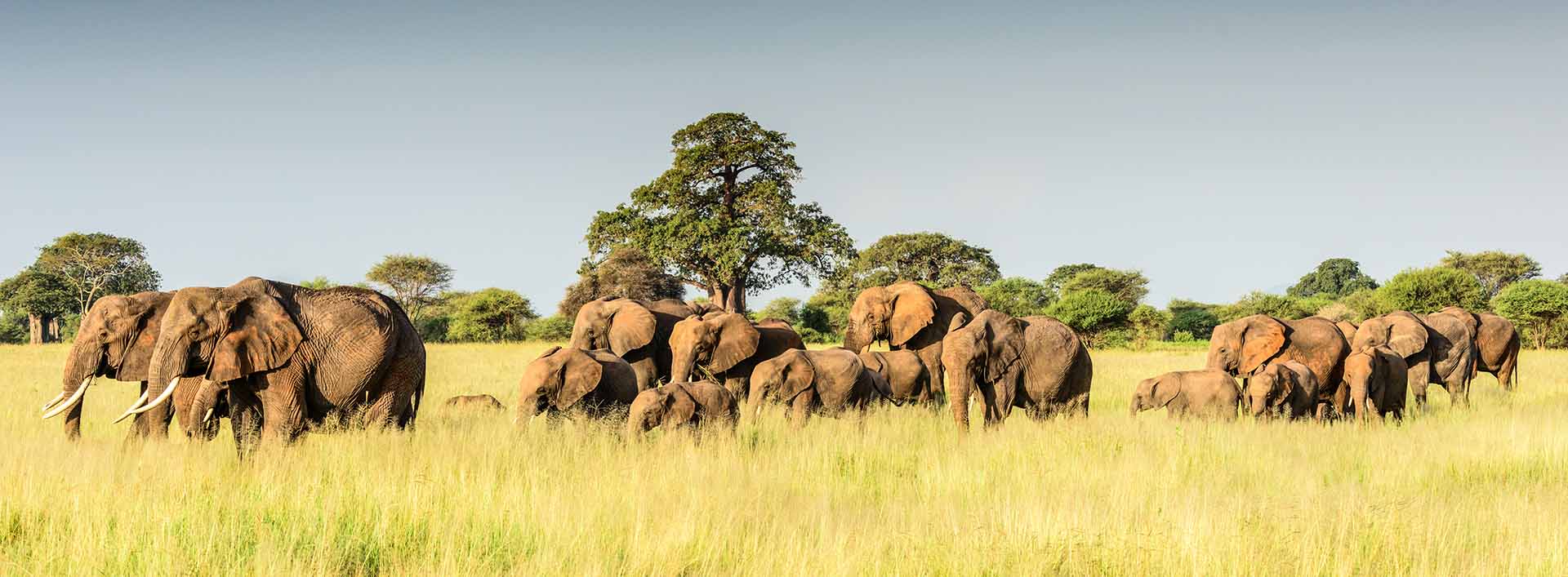Tanzania Luxury Travel
While the Serengeti might be Tanzania’s most recognizable wildlife region, there is a wealth of natural treasures to be had throughout the country, whether it’s the sleepy crocodiles of Selous, the giraffes and ancient baobabs of Ruaha, the water birds of Rubondo Island, or the Big Five of Ngorongoro Crater. A Tanzania luxury safari from Africa Pathways expeditions is a once in a lifetime experience.
Tanzania is also defined by its varied cultures, with tribal influences playing a vital role in its essential flavor. There is nothing quite like joining in song and dance with the red-cloaked Maasai or embarking on a trekking expedition with the Hadzabe tribesmen, some of Africa’s last remaining full-time hunter-gatherers. The country as a whole enjoys a coveted level of peace and tranquility, making Tanzania a popular destination for visitors around the world in pursuit of spectacle and culture.
Experiencing Tanzania luxury travel with Africa Pathways expeditions allow you to experience this country of wonder in style, exclusivity, and elegance, we believe in intimate, expert-led game drives in limited-access game reserves where both conservation and remoteness are the hallmark experiences. Our most discerning travelers experience most remarkable lodges and exclusive camps outfitted to satisfy your every whim. Explore the rugged wilds of Tanzania from extravagant accommodations beyond expectation. This trip will make every aspect of your journey unforgettable.
DETAILED ITINERARY
- Day 1: Arrive Arusha / Arusha Coffee Lodge (D)
- Day 2: Ngorongoro Crater Area / Gibb’s Farm (B,L,D)
- Day 3: Ngorongoro Crater Area / Gibb’s Farm (B,L,D)
- Day 4: Ngorongoro Crater Area / Gibb’s Farm (B,L,D)
- Day 5: Serengeti National Park / Olakira Camp (B,L,D)
- Day 6: Serengeti National Park / Olakira Camp (B,L,D)
- Day 7: Serengeti National Park / Olakira Camp (B,L,D)
- Day 8: Selous Game Reserve / Sand Rivers Selous (B,L,D)
- Day 9: Selous Game Reserve / Sand Rivers Selous (B,L,D)
- Day 10: Selous Game Reserve / Sand Rivers Selous (B,L,D)
- Day 11: Zanzibar / Matemwe (B,L,D)
- Day 12: Zanzibar / Matemwe (B,L,D)
- Day 13: Zanzibar / Matemwe (B,L,D)
- Day 14: Zanzibar / Matemwe (B,L,D)
- Day 15: Depart Arusha / KIA Lodge – Day Room (B,L)
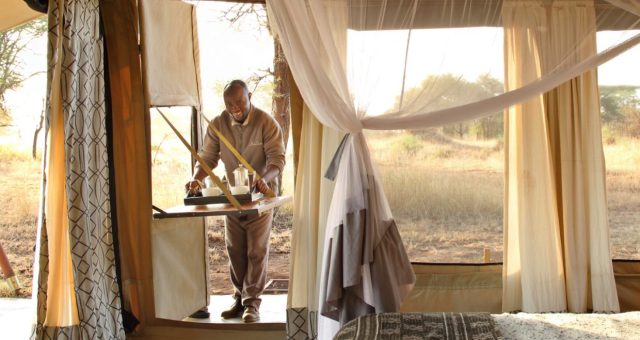
A Tanzania Safari and Zanzibar Retreat by Africa Pathways Expeditions
This exclusive 15-day Tanzania safari and Zanzibar retreat by Africa Pathways Expeditions shows off all of the country’s best sides, from Ngorongoro Crater and the Serengeti to the Selous Game Reserve and Zanzibar. Witness some of Africa’s most impressive wildlife concentrations
in three of the country’s finest protected areas before retreating to the relaxing white sand paradise of Zanzibar.
Itinerary Description:
After an evening of relaxation in Arusha, begin your luxury Tanzania safari and Zanzibar retreat with a drive through Lake Manyara National Park for a glimpse of its tree-climbing lions, elephants, and flamingoes, before arriving in the wildlife mecca of Ngorongoro Crater. Your charming private cottage at Gibb’s Farm is situated on the edge of the crater and serves as the perfect launch pad for some of the best game viewing in Africa, as well as Maasai spa treatments, bicycle tours through the coffee fields, and leisurely moments amid the flower gardens.
Your Tanzania safari and Zanzibar retreat continues within the famed Serengeti National Park, home of the world’s oldest ecosystem and the awe-inspiring Great Migration. You are guaranteed to witness part of the spectacle at Olakira Camp, an intimate mobile tented camp which migrates with the wildlife to their densest concentrations.
Having encountered the crater and plains wildlife, it is time to experience a Tanzania safari by the riverside. Escape to the secluded lodgings of Sand Rivers Selous in the Selous Game Reserve, a UNESCO World Heritage Site and Africa’s largest protected reserve, for some of the most beautiful safari sunsets and wildlife viewing from the shores of the Rufiji River. In the Selous Game Reserve, you have access to more activities than any other Tanzania safari park, from game drives and walking safaris to boat safaris and fly camping.
The final destination on your luxury Tanzania safari and Zanzibar retreat is along the white sand beaches of Zanzibar, an island chain off the coast.
The relaxed Indian Ocean views, spice-scented air, and secluded, blissful bungalows of Matemwe makes for the ultimate tropical maritime paradise – the perfect rejuvenating conclusion to your unforgettable Tanzania safari and Zanzibar retreat.
Customize This Journey
Choose additional destinations, change property selections, add activities, tours, and more. With African Pathways Expeditions, the choice is yours – just ask your travel expert!



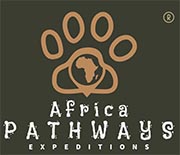

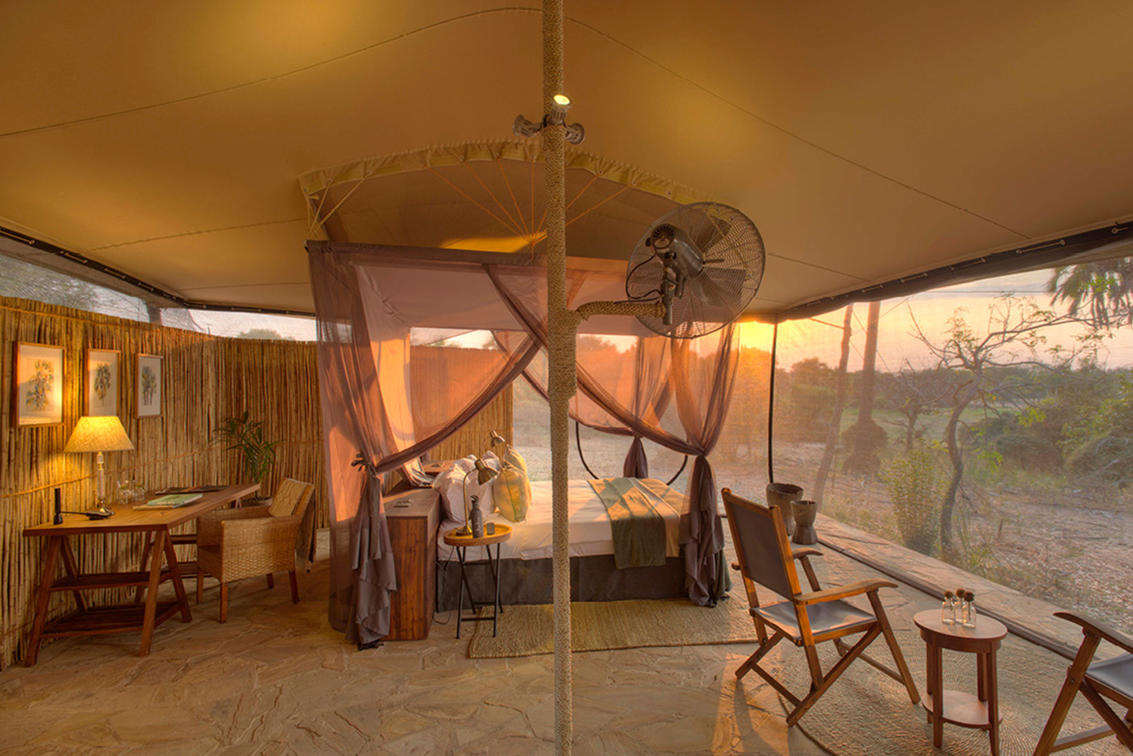

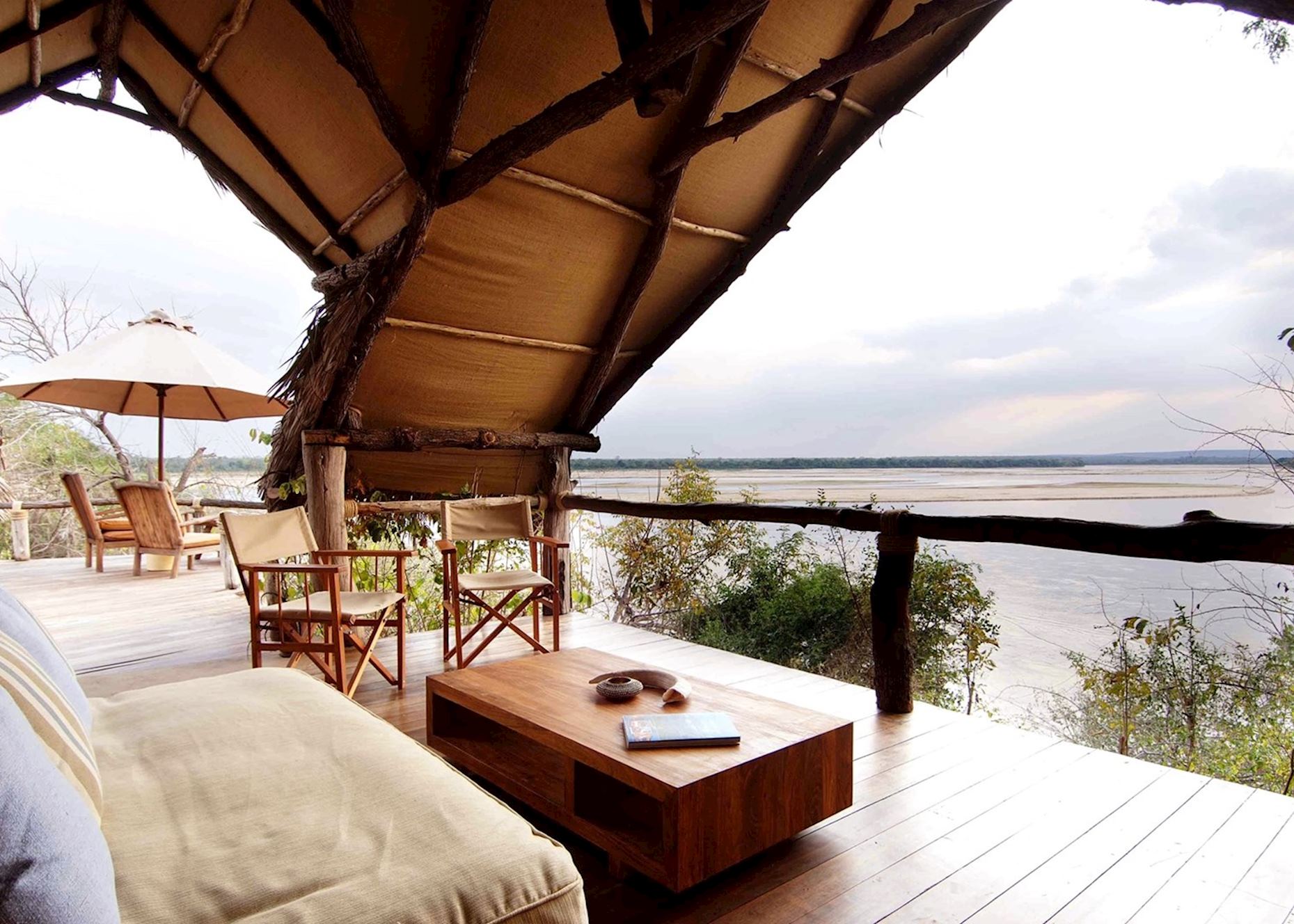
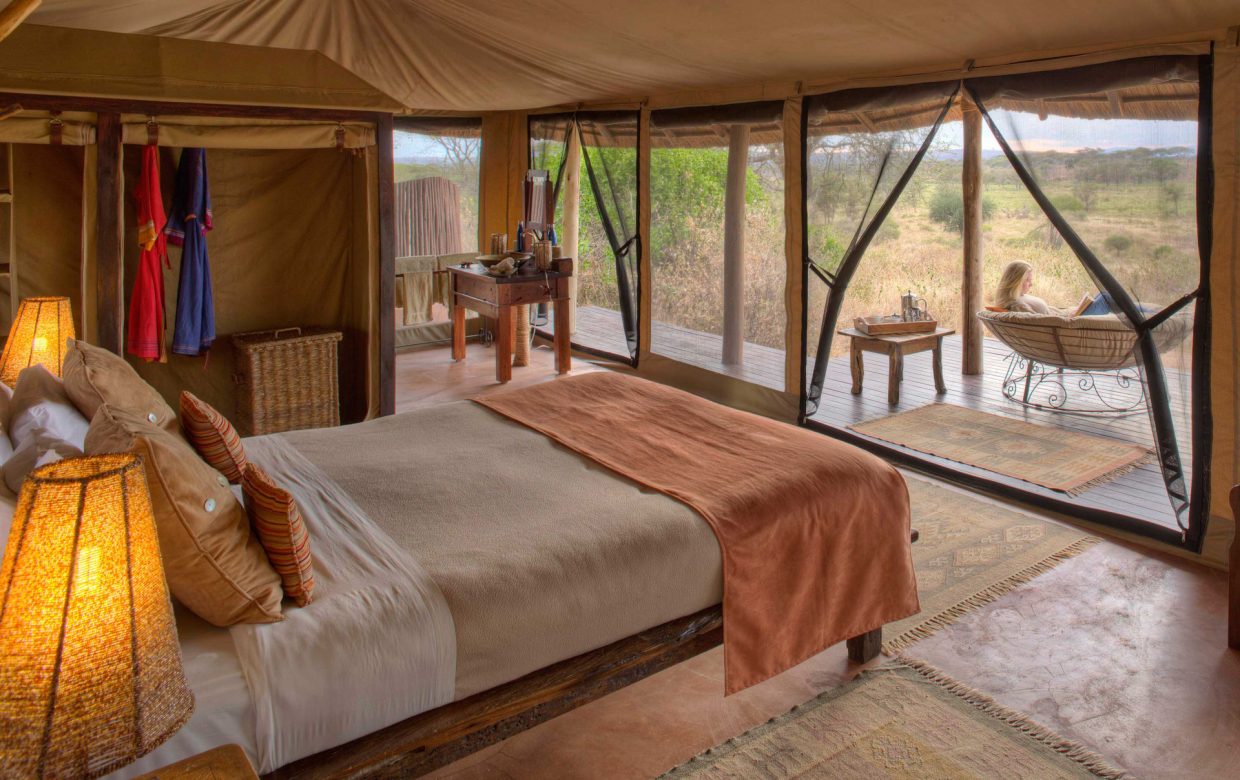
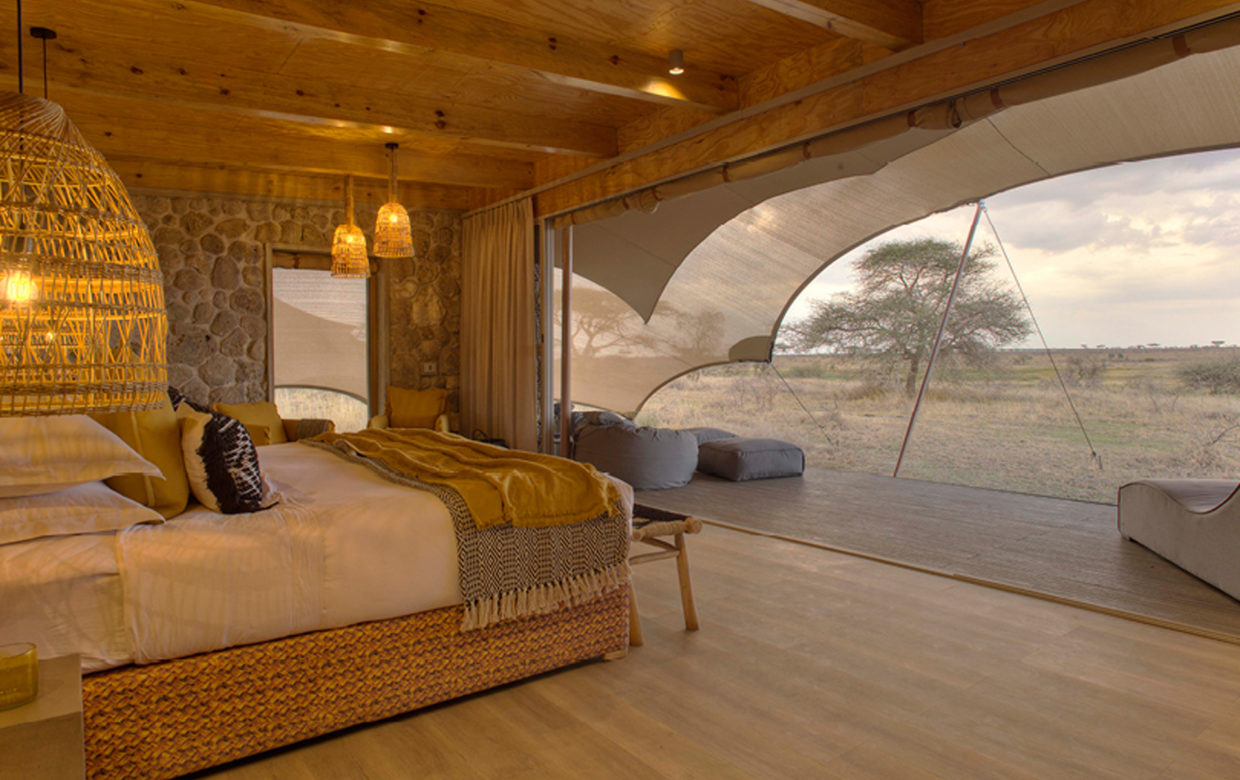
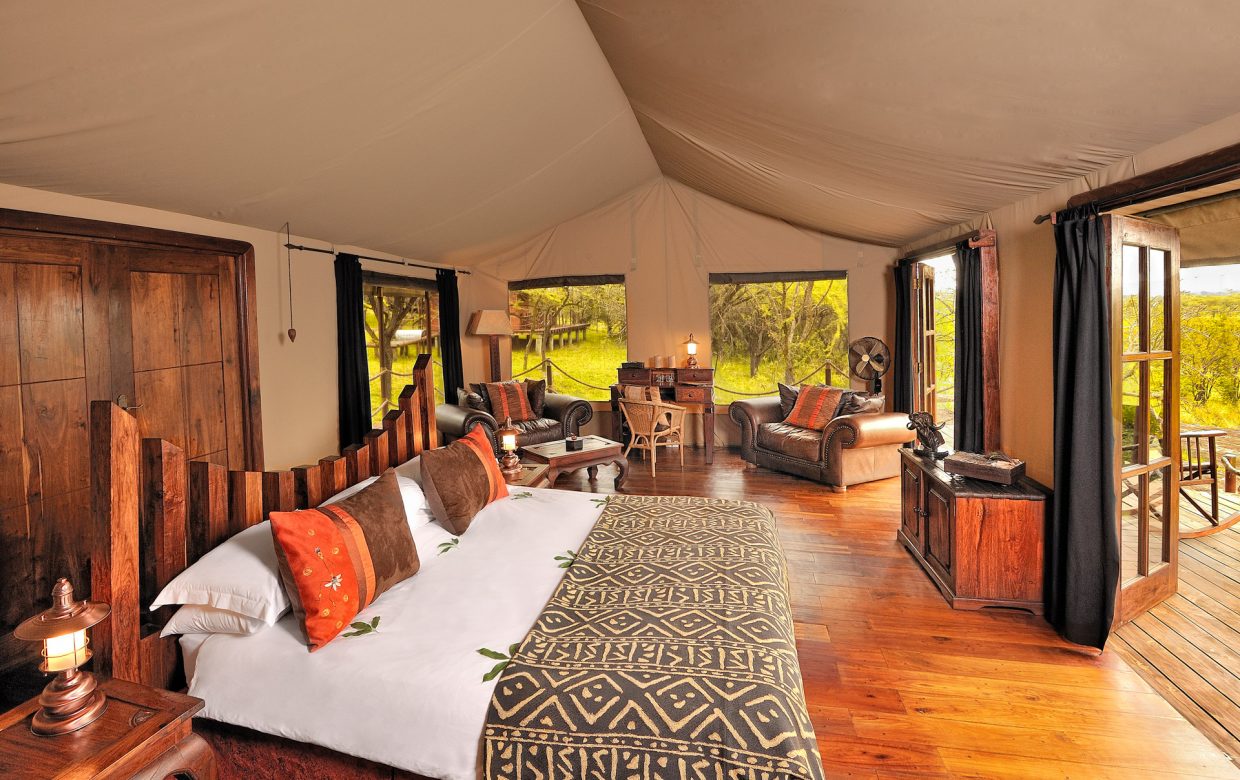
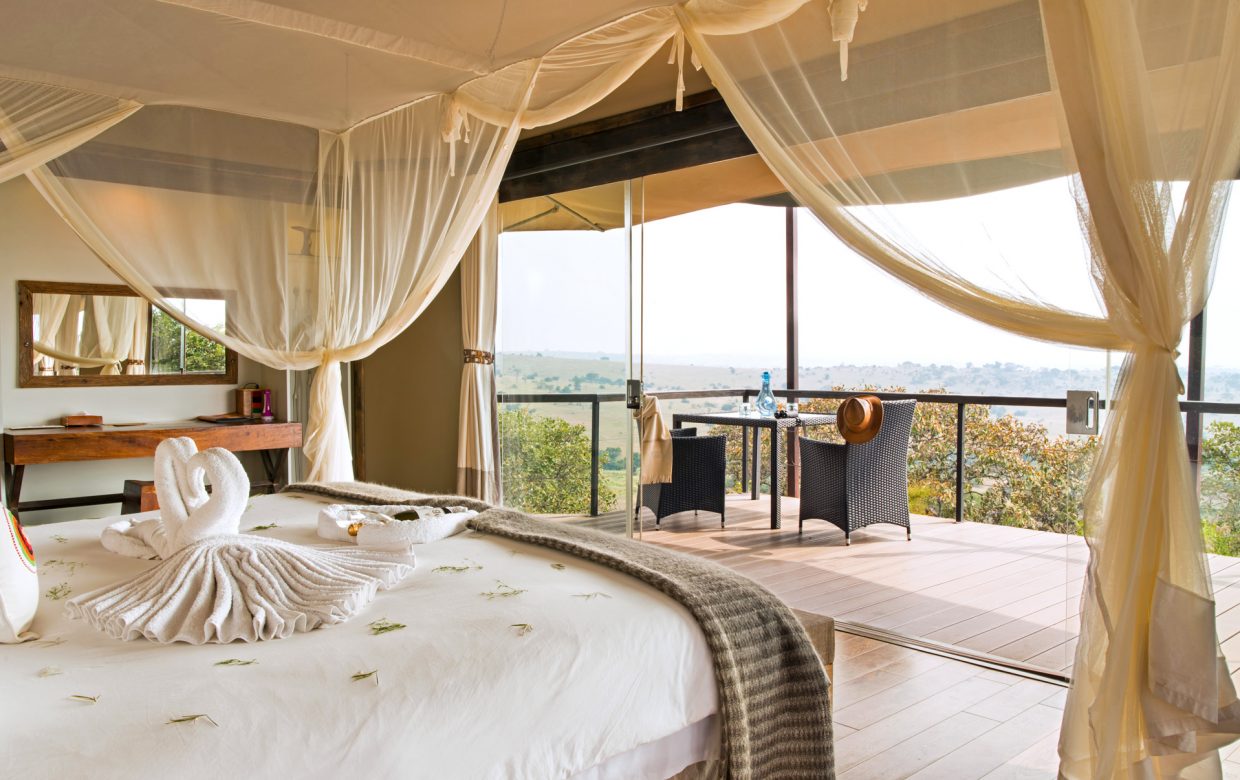
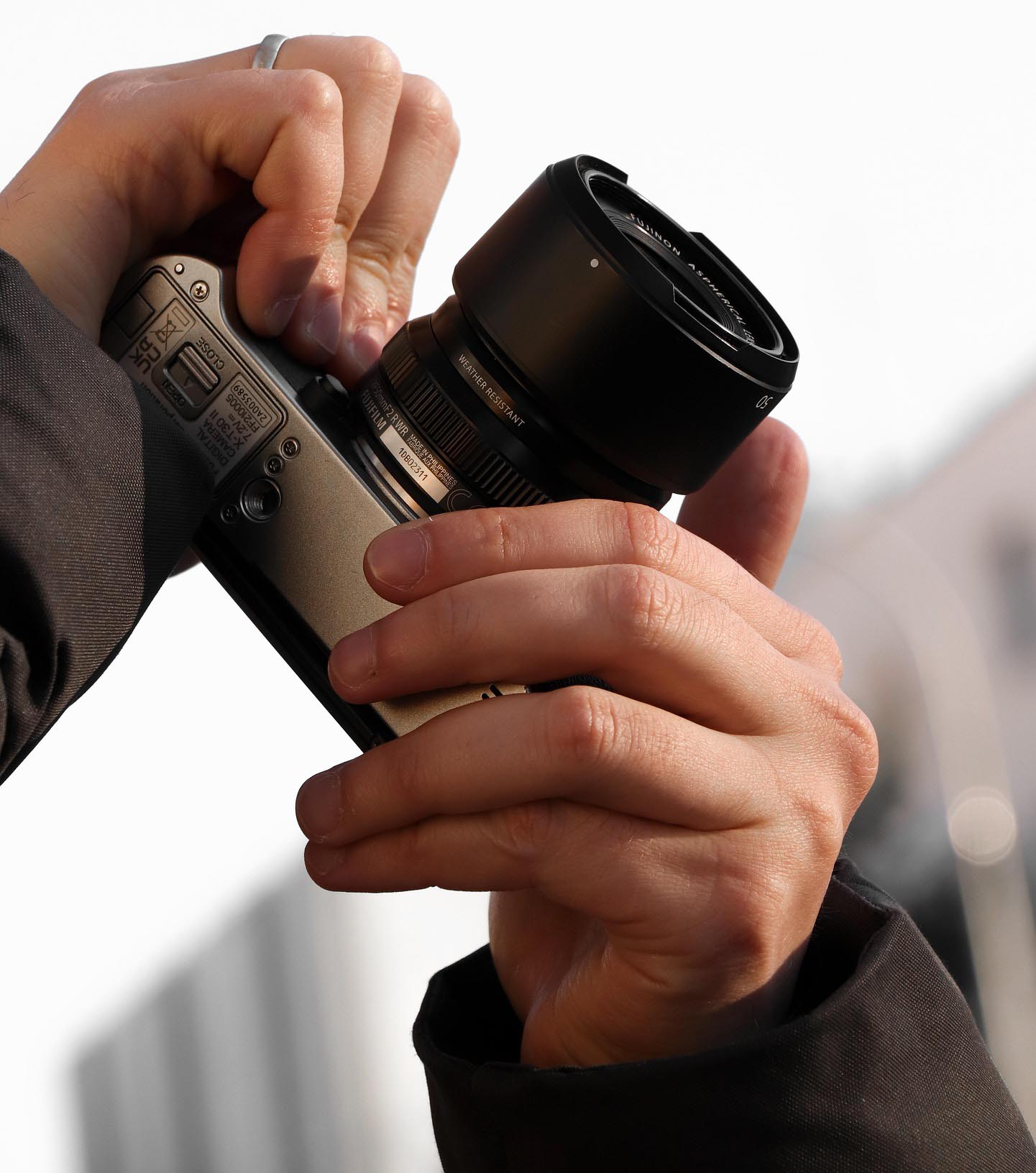
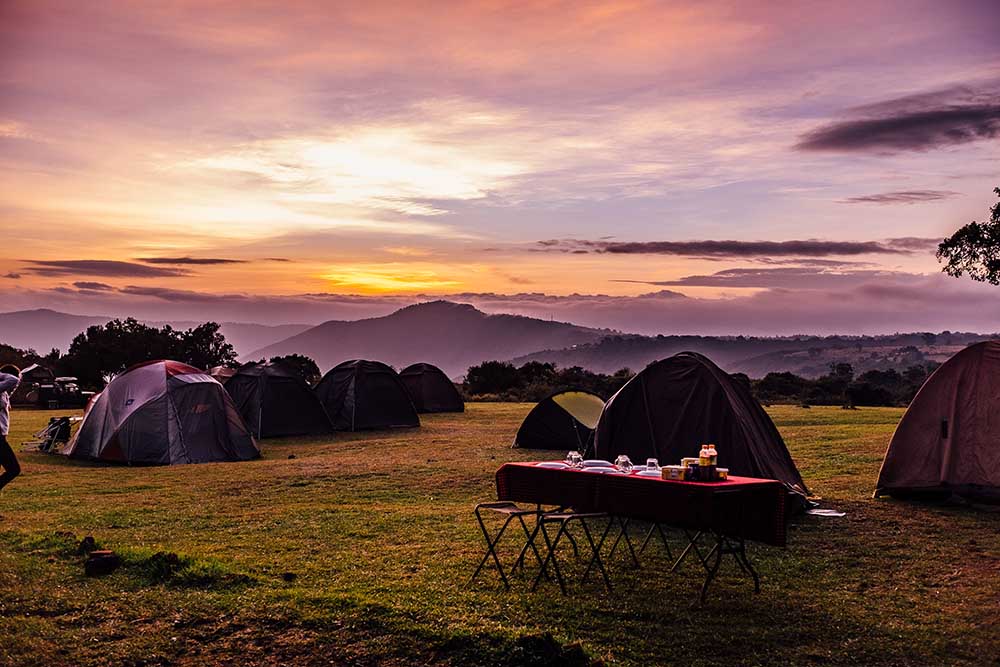

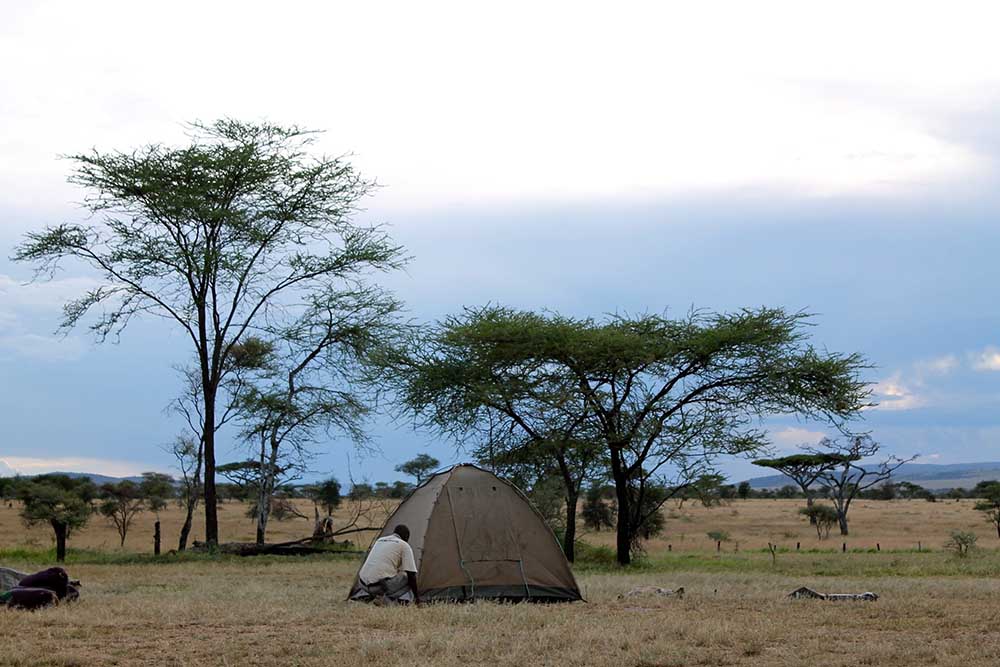
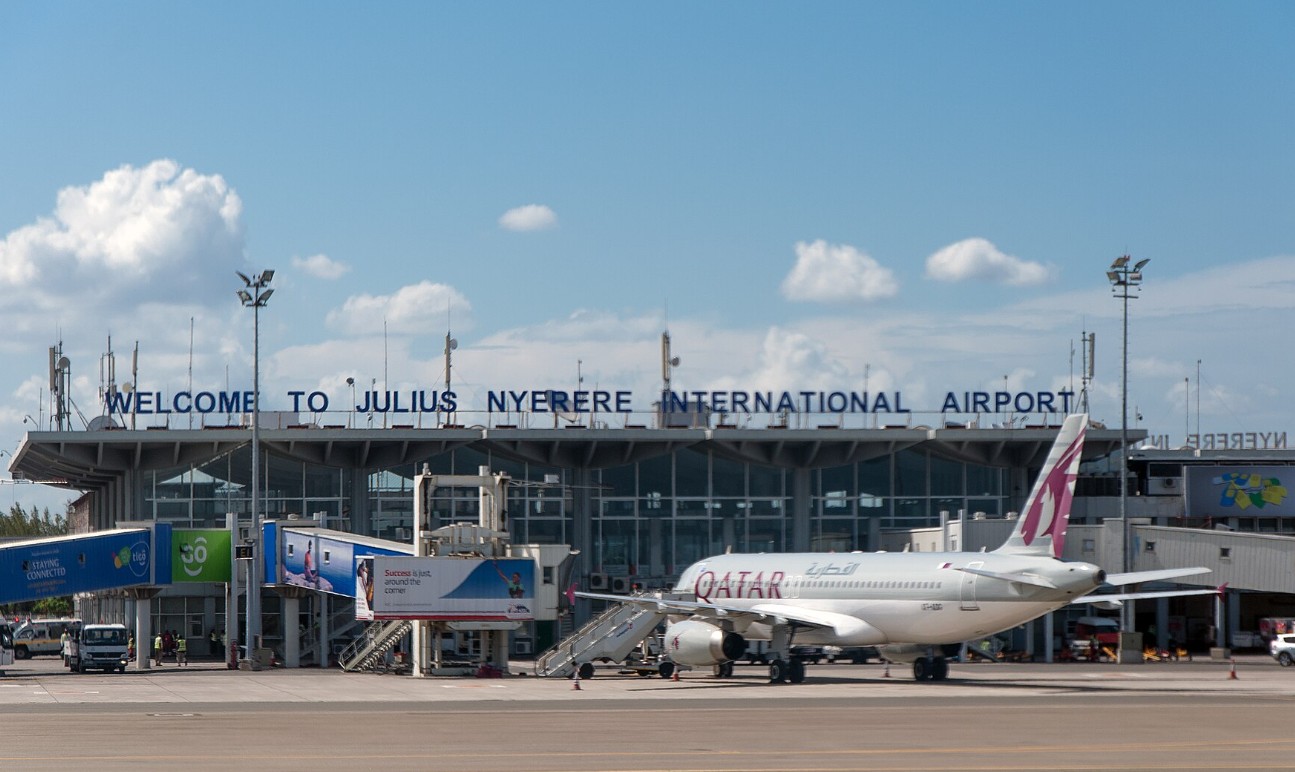
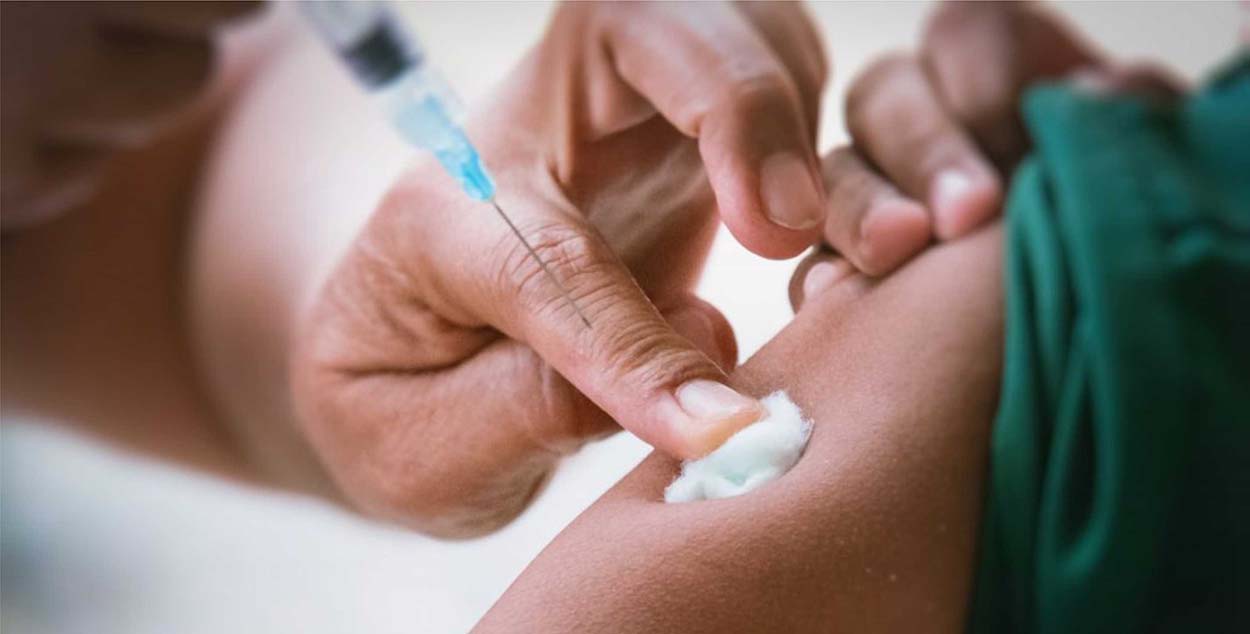

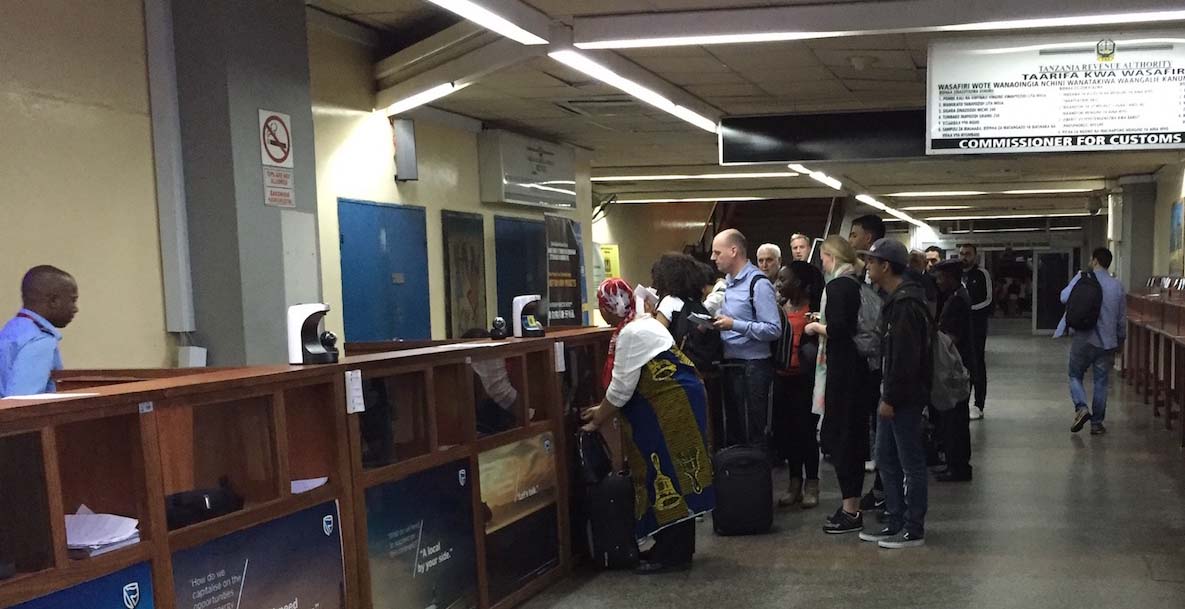
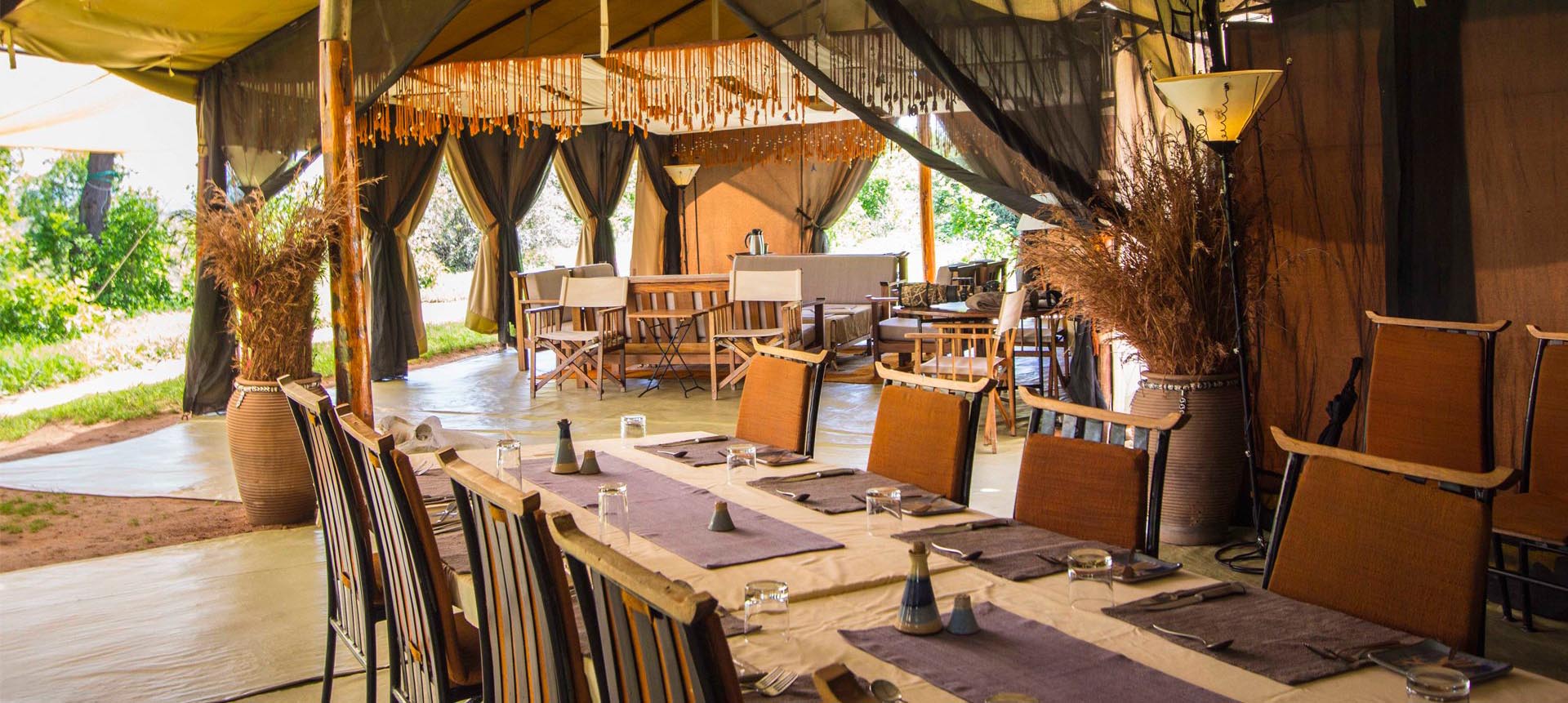
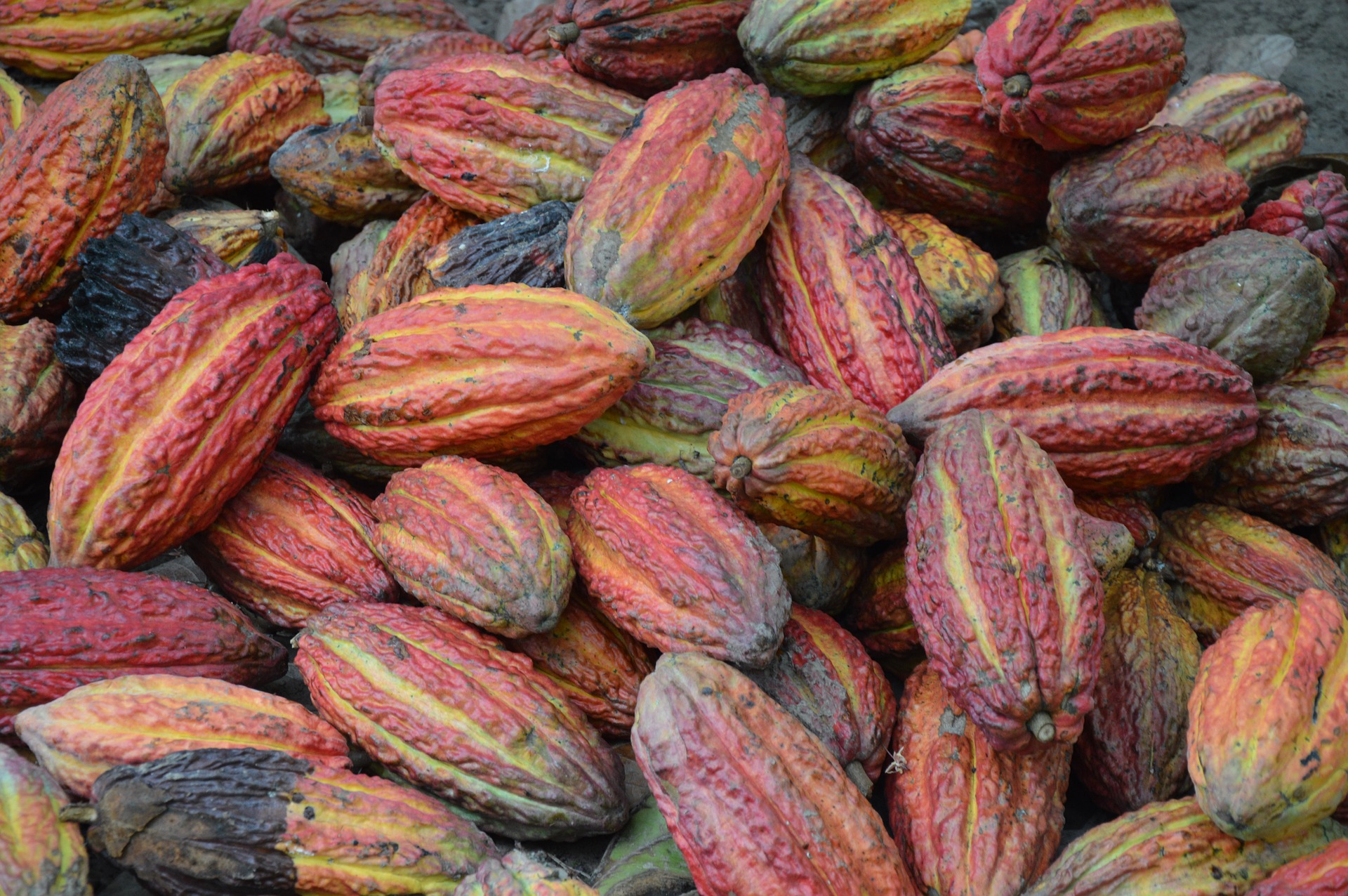
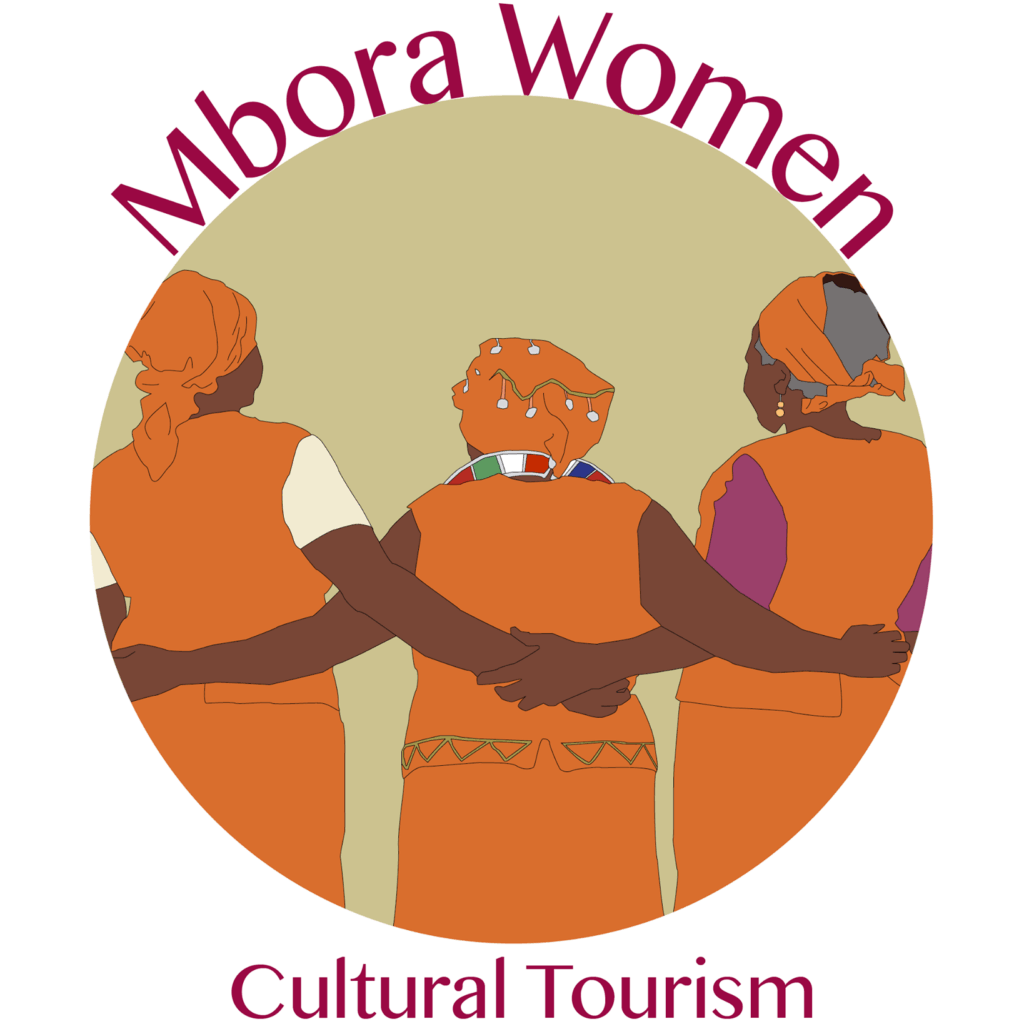
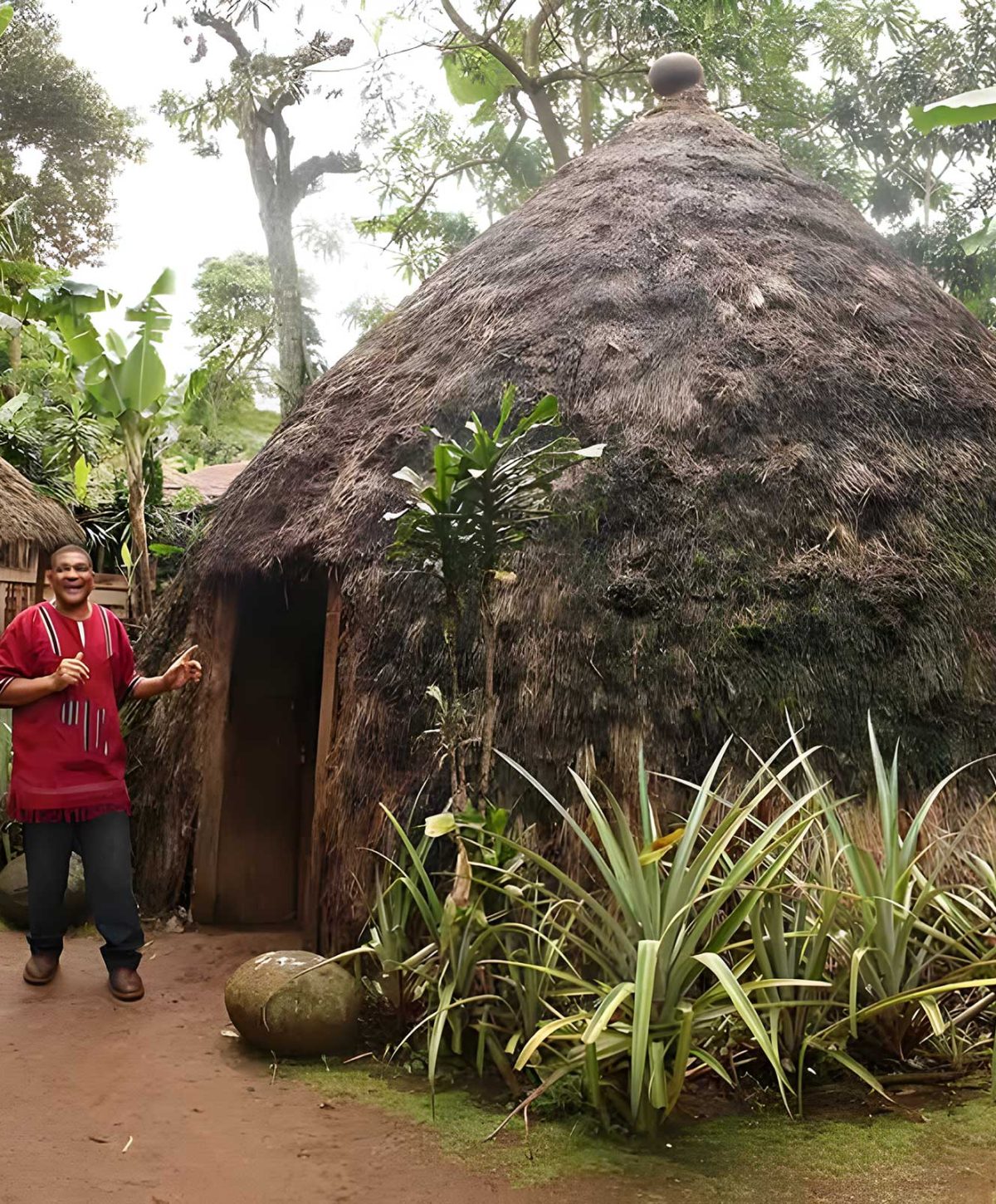
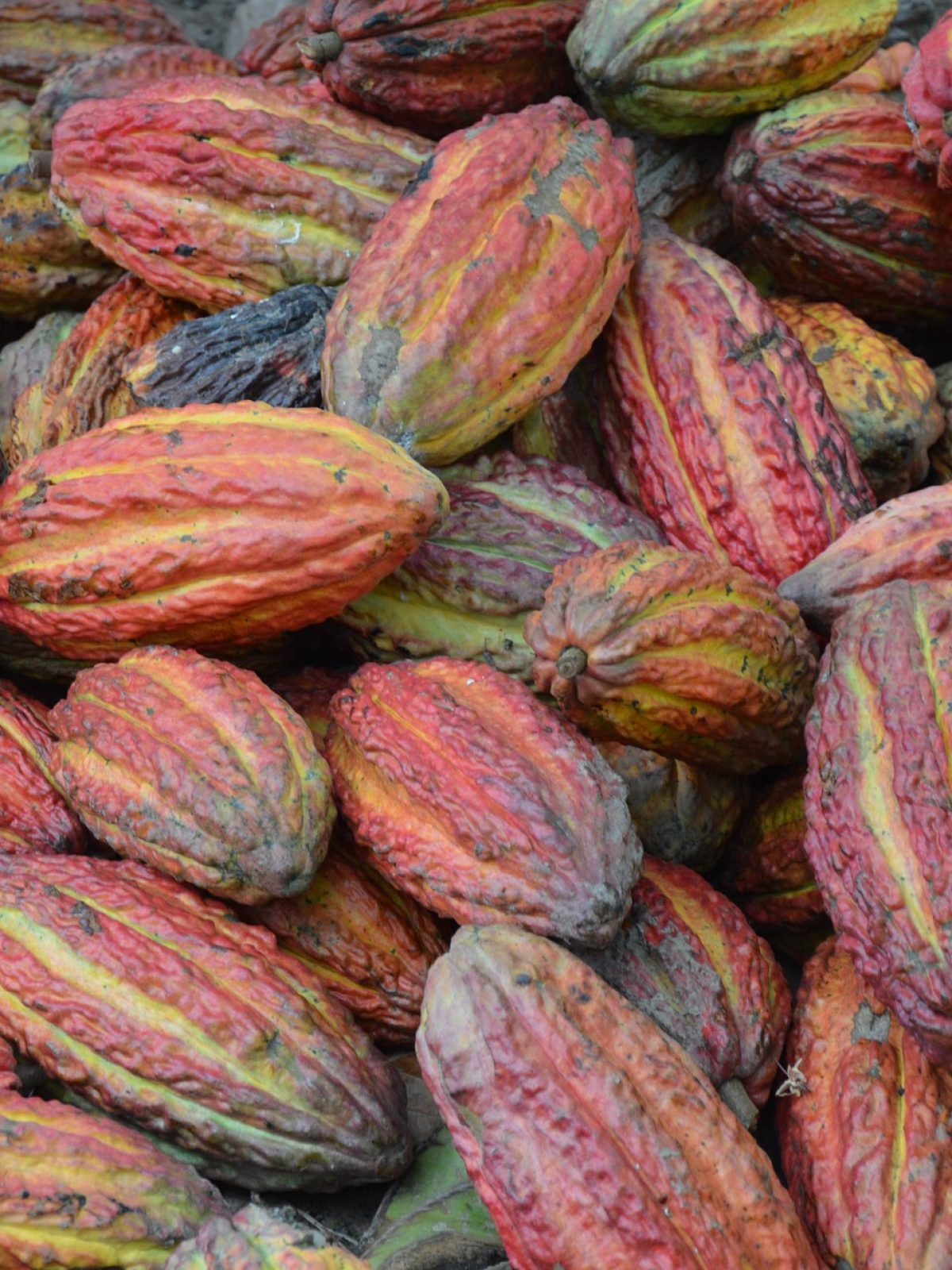
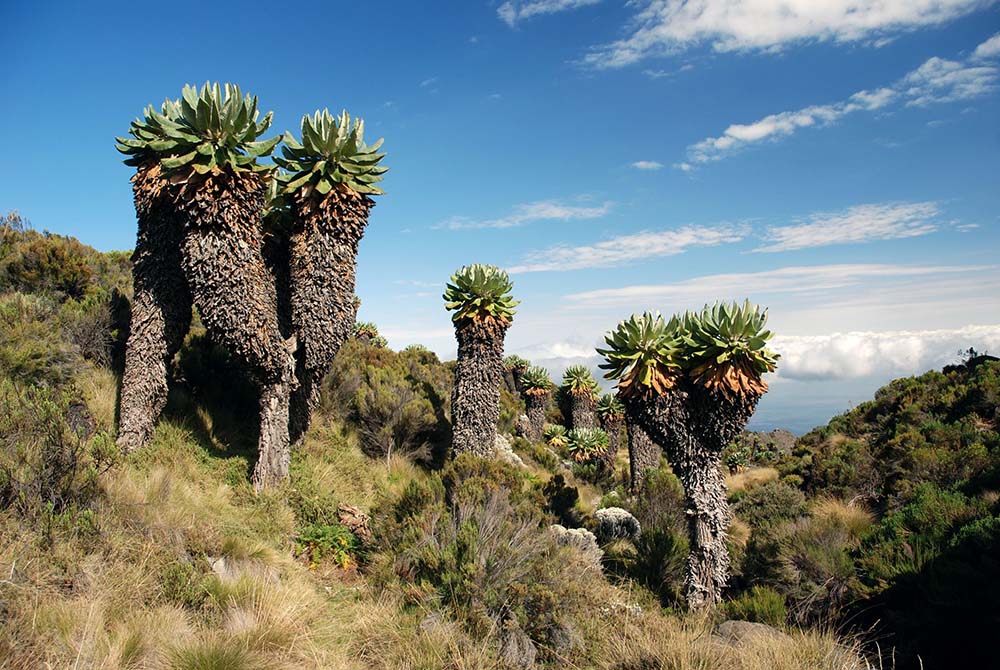
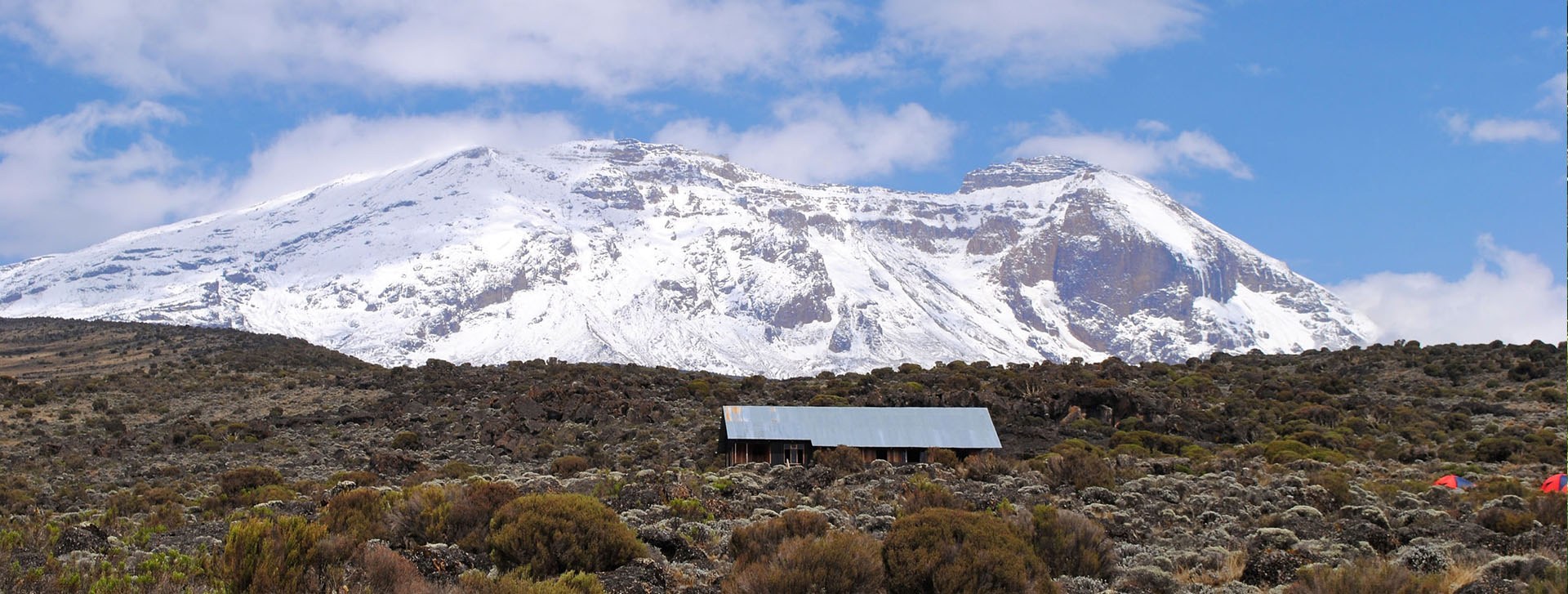
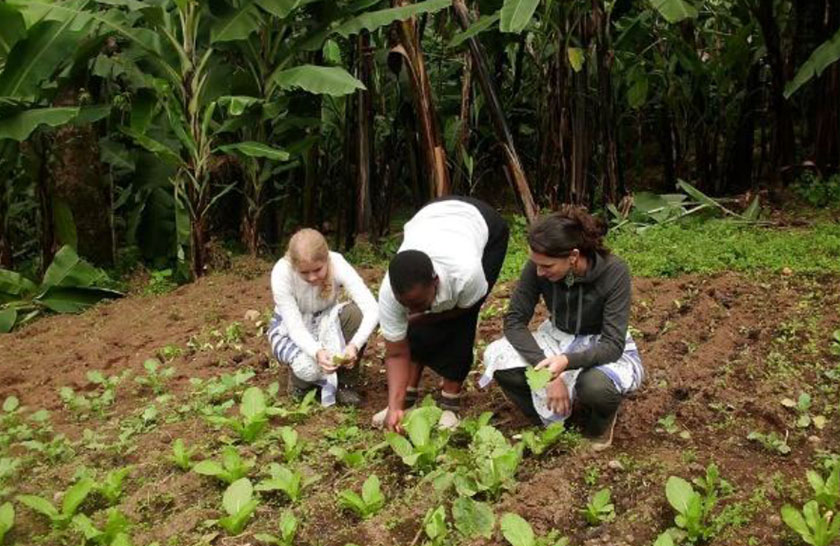 Characterized by vast fields of grass, the slopes between 800 and 1,800m receive plenty of rainfall. The Chagga people use this area for agriculture and livestock due to the rainfalls and the rich, volcanic soil. The locals primarily harvest coffee and bananas in this zone, although maize, beans, and other crops are also grown. The northern and eastern slopes are not as heavily cultivated, and so more native vegetation can be seen in these areas. There are no wild animals in the farmland zone, but you can still see lowland forest, bush land, wildflowers, and scrub.
Characterized by vast fields of grass, the slopes between 800 and 1,800m receive plenty of rainfall. The Chagga people use this area for agriculture and livestock due to the rainfalls and the rich, volcanic soil. The locals primarily harvest coffee and bananas in this zone, although maize, beans, and other crops are also grown. The northern and eastern slopes are not as heavily cultivated, and so more native vegetation can be seen in these areas. There are no wild animals in the farmland zone, but you can still see lowland forest, bush land, wildflowers, and scrub.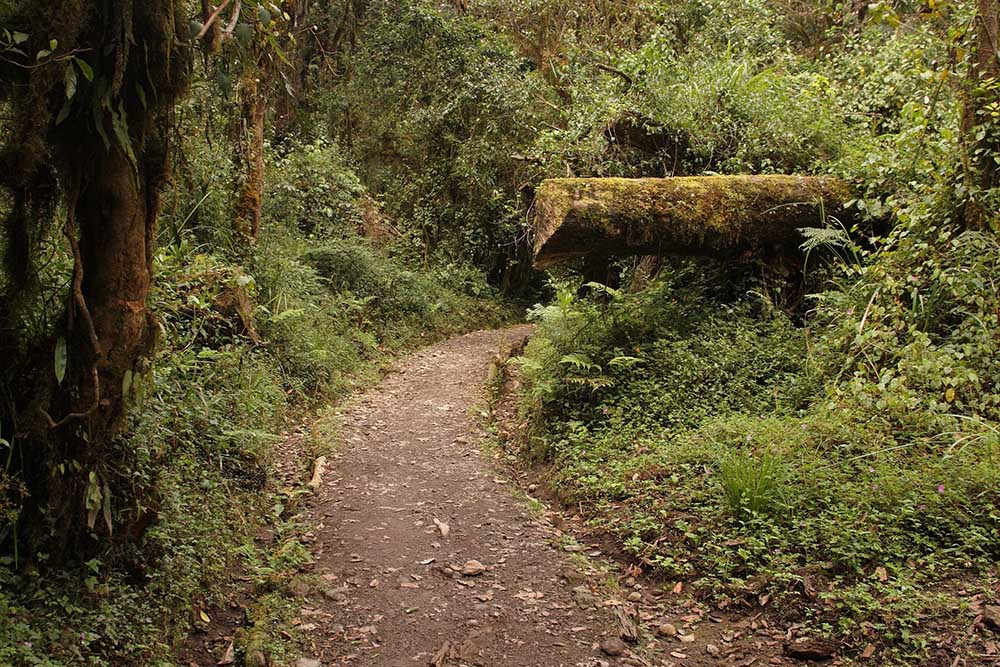 Beginning at 1,800m, the mountain forest zone is the most fertile of all of Kilimanjaro’s vegetation zones. About 96% of Kilimanjaro’s rain falls in this zone, and so the region is extremely wet for most of the year. The thick vegetation is home to animals such as blue monkeys, elephants, black and white colobus monkeys, bush pigs, squirrels, duikers, elands, and even leopards; although these can be difficult to spot in the thick undergrowth. Unlike most East African mountain forests, Kilimanjaro’s forests do not have bamboo trees. They do, however, have an impressive variety of bird life.
Beginning at 1,800m, the mountain forest zone is the most fertile of all of Kilimanjaro’s vegetation zones. About 96% of Kilimanjaro’s rain falls in this zone, and so the region is extremely wet for most of the year. The thick vegetation is home to animals such as blue monkeys, elephants, black and white colobus monkeys, bush pigs, squirrels, duikers, elands, and even leopards; although these can be difficult to spot in the thick undergrowth. Unlike most East African mountain forests, Kilimanjaro’s forests do not have bamboo trees. They do, however, have an impressive variety of bird life.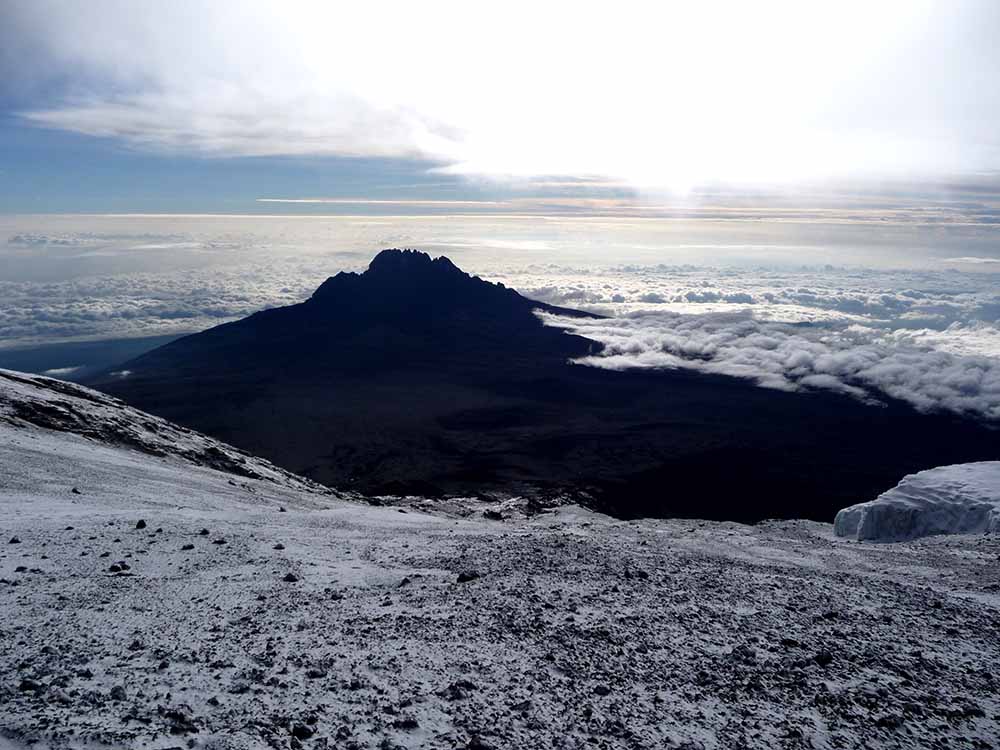
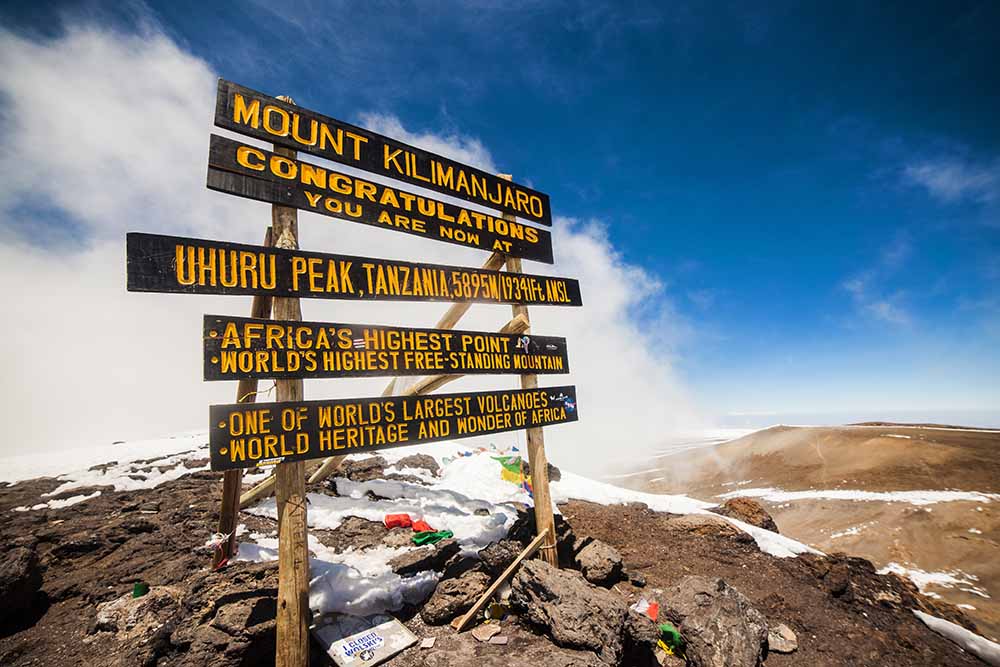 At this height, there is only rock and ice. Only insects and the hardiest forms of lichen can exist in these harsh conditions. The summit has a number of glaciers, the most prominent of which is the Great Northern Glacier at Kibo’s northern face.
At this height, there is only rock and ice. Only insects and the hardiest forms of lichen can exist in these harsh conditions. The summit has a number of glaciers, the most prominent of which is the Great Northern Glacier at Kibo’s northern face.
